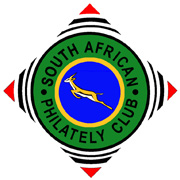THE POSTAL HISTORY OF AFRICA –
NOW SHOWING ON A SCREEN NEAR YOU
*****
The Jamie Smith
Column

Follow Jamie’s unfolding saga of British Somaliland, a British Protectorate closely linked with the history of Ethiopia.
See it by clicking here.
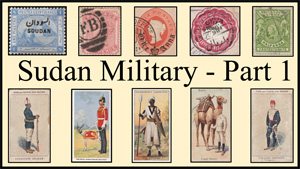
Yet another wonderful display from Jamie. A noteworthy feature of his Sudan Military History Part 1 is the resistance of its people to ancient Egyptian ambition and British imperial conquest during the late 19th Century.
See it by clicking here.
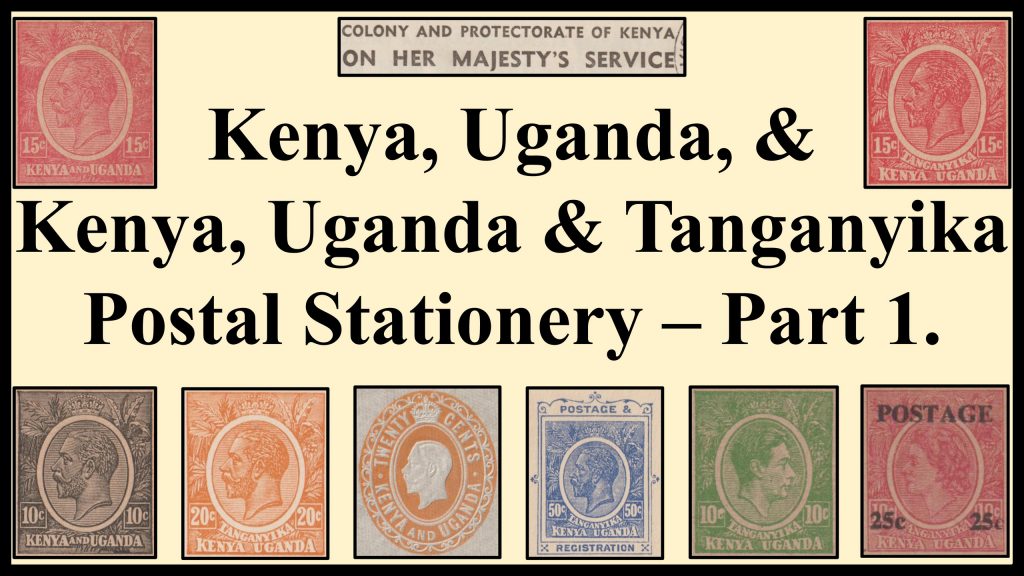
Postal Stationery is normally Prepaid (& Formula) items issued by the Post Office for public use. This display covers Postal Stationery issued and used by government and military forces in Kenya, Uganda and Tanganyika during the ‘K.U.T.’ period.
See it by clicking here.
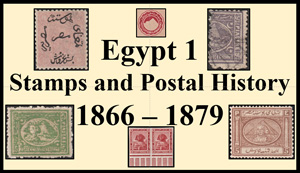
Egypt is South Africa’s North African counterpart. It has a wonderful postal history which Jamie Smith presents in all its enchanting glory.
See it by clicking here.
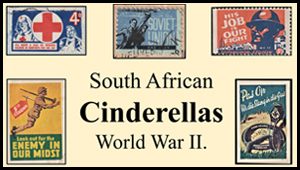
ZOOM in on
Jamie Smith’s Displays
Jamie Smith is constantly adding Zoom displays to our website. You can see Jamie’s South African Cinderellas of WW2 by clicking on the link here.
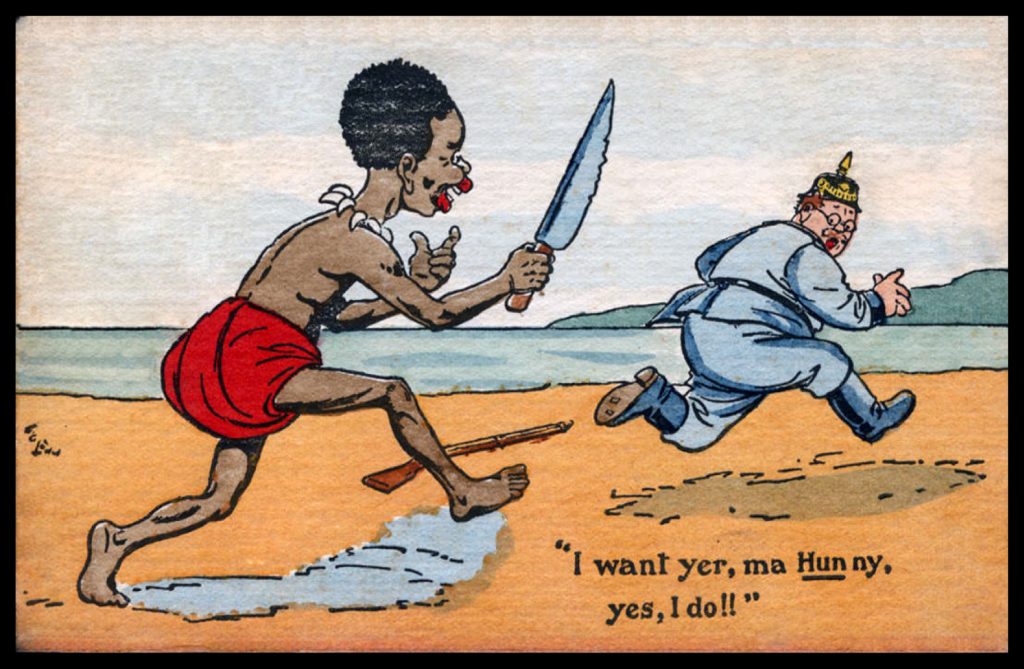
An unintended racist parody of the White South African nightmare –
Native people rise up against their colonial ‘masters’.
SWA: 1914 – 1923
The Union Land Grab
The WW1 postcard above expresses the British hope that the oppressed indigenous people of Germany’s African colonies would rise up against the ‘Hun’. This did not happen because Germany had established a barbaric record of suppressing rebellion against its colonial authority and second, fearing the political consequences of allowing Blacks to kill Whites, Prime Minister Louis Botha of the Union of South Africa reached agreement with the Germans to keep it a ‘White Man’s War’. The Union invasion of GSWA was never about justice for those who had suffered German genocide and lost their traditional tribal lands. It was a South African land grab bent on maintaining the regional racial status quo.
Please post comments on this display here!
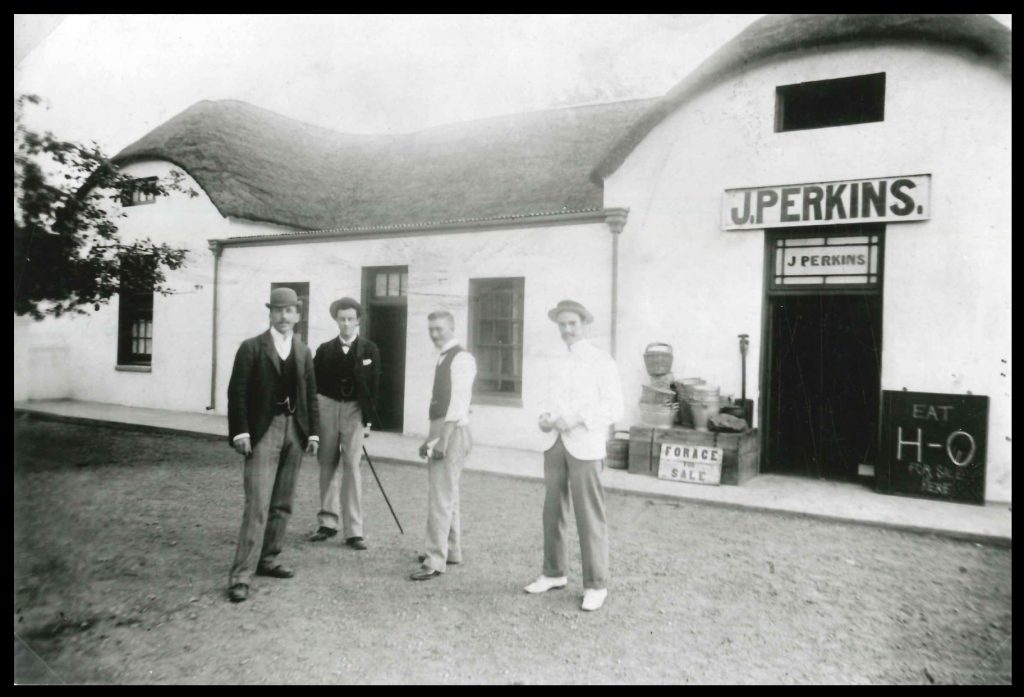
Four Perkins brothers stand outside the family shop in Worcester, one of the great repositories of South African postal history.
From the Postbag of J Perkins
This is the second of two award-winning displays by Gawie Hugo detailing the postal history of his home town, Worcester. The display is in Afrikaans with an English translation at the end. As a repositry of 19th c. commercial and private correspondence, (postal history), J Perkins needs no introduction to those who collect Cape Colony mail. This display adds to our knowledge and provides a local insight into the Worcester store of James Perkins Senior and Junior.
Please post comments on this display here!
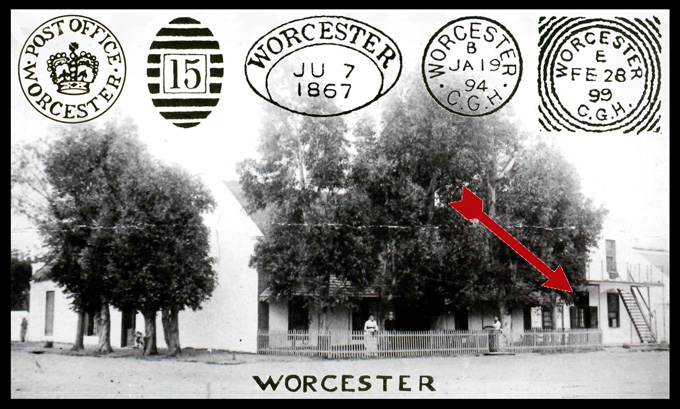
The Worcester Post Office began in the room arrowed above on a remote Western Cape farm ins in 1819.
LETTERS TO THE EDITOR
If you want to comment on this website, or have some suggestions for its improvement, please do so via Letters to the Editor.
Cape to Cairo –
News & Views
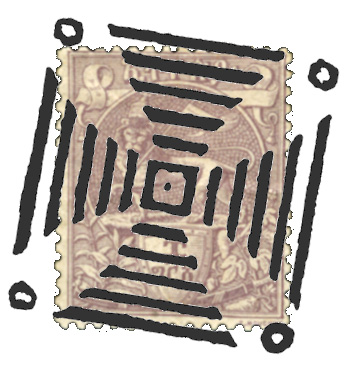
ETHIOPIA
We begin with its History and its Postmarks, including the
Maltese Cross Canceller
of the Khedivate of Egypt used in Harrar – and elsewhere!
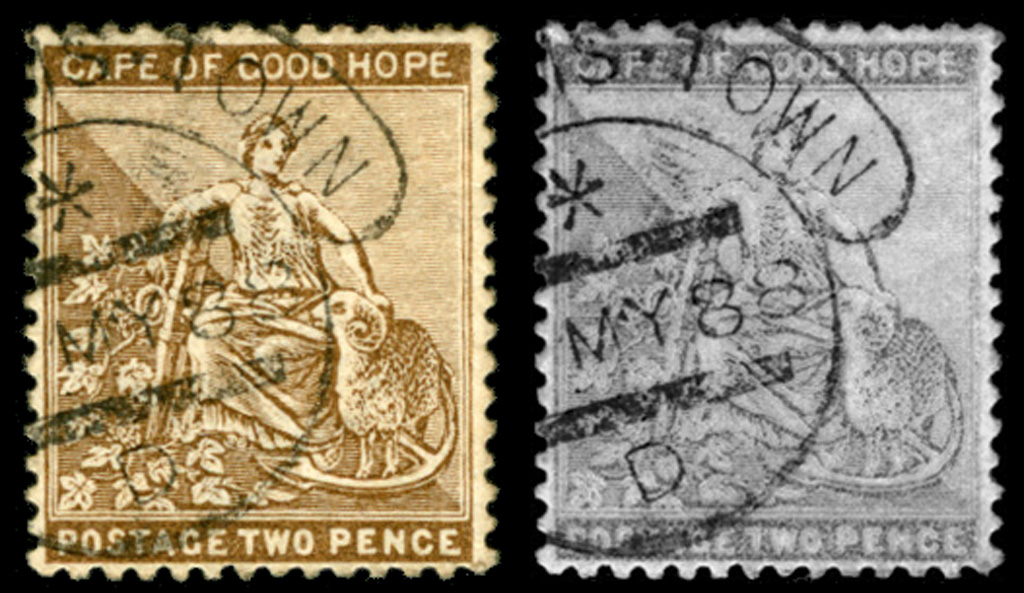
TECHNOLOGY:
New ImageSleuth Software
Enhances Indistinct Postmarks
For FREE
Read more here…
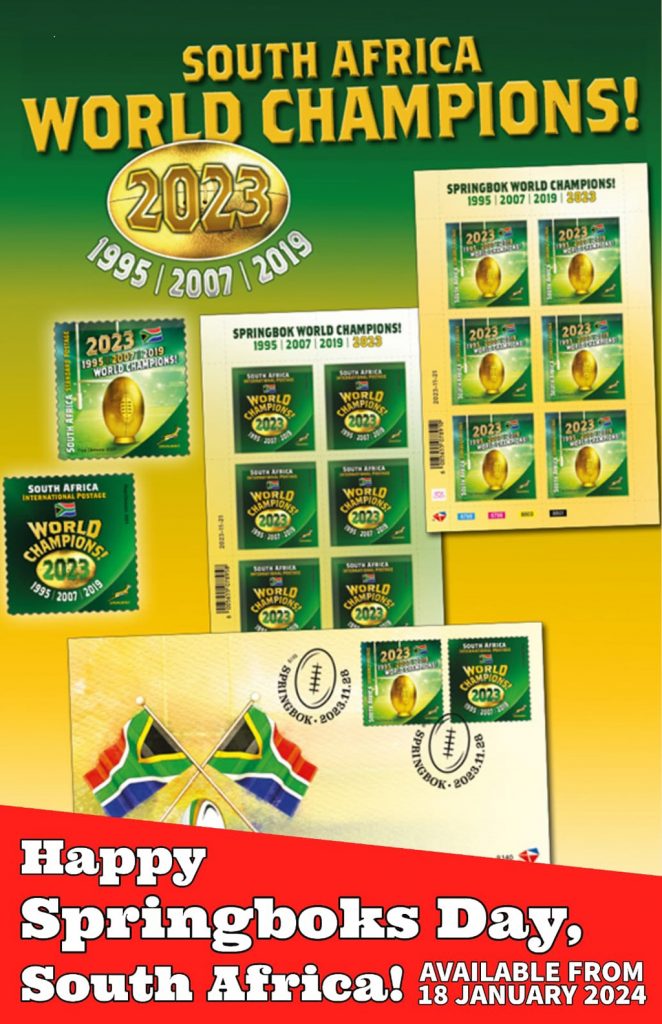
Go Bokke! Go SA!
Let’s hope South Africa’s Politicians can rehabilitate themselves the way Springbok Rugby has done!
Read more here….
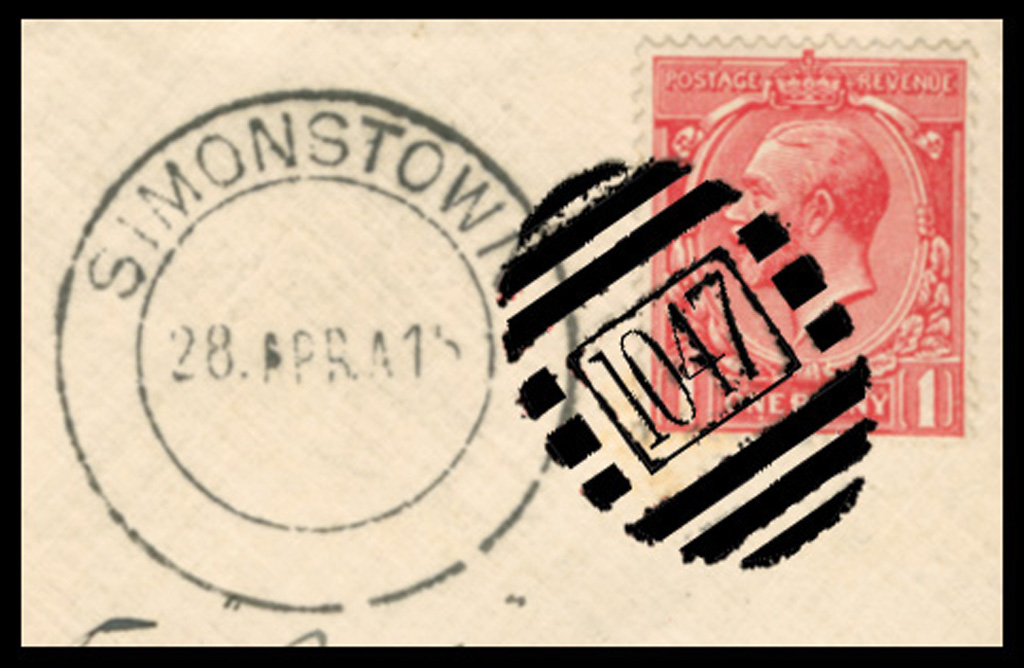
Under the authority of the Cape Post Office Simonstown used BONC 27. The remarkable ‘Hyacinth Cover’ reveals that during WW1 Simonstown used another unrecorded BONC.
Unravel the mystery here.
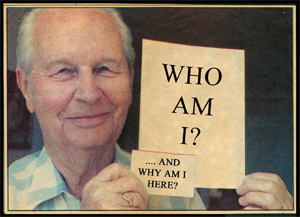
As a clue to his identity, he was SA’s most identifiable sailor in WW2. This short display includes several navy-oriented SA WW2 Cinderellas that complement Jamie Smiths display left opposite.
